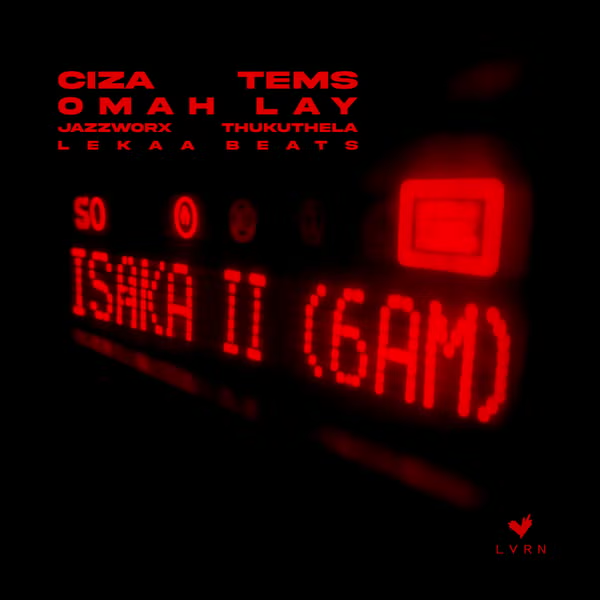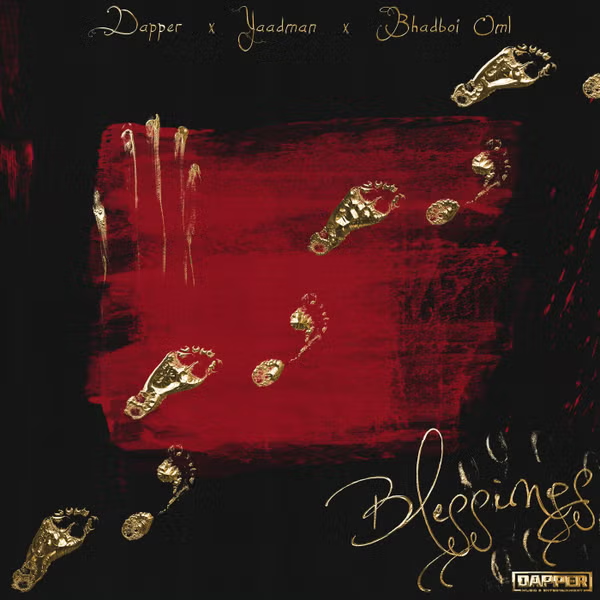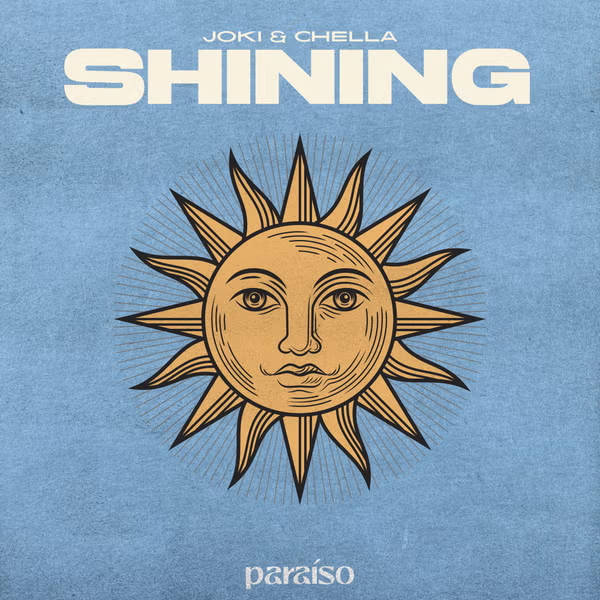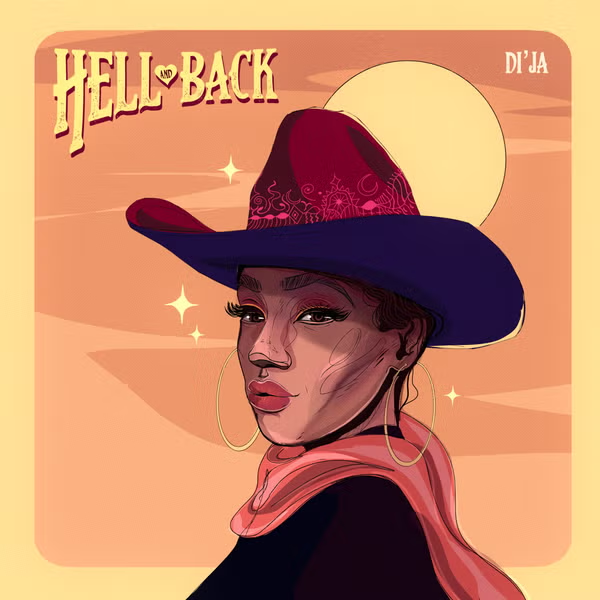For many women in the Czech Republic, the Easter season, known as Velikonoce, is not their favorite time of the year. Easter Monday is the national holiday, and traditionally it is a time when women get whipped with a braided rod of willow called a pomlázka.
The name comes from pomladit, meaning “to make younger” and how it got tied up with Easter isn’t very clear. In the Czech Republic, Slovakia, and some parts of Hungary, the Easter Whip is used as part of a tradition of spanking or whipping on Easter Monday.
In the morning, men spank women with a special handmade whip or switch called pomlázka or karabáč (in Czech) or korbáč (in Slovak) or siba or korbács (in Hungarian).
The pomlázka consists of three, four, eight, twelve or even twenty-four withies (willow rods), is usually from half a meter to two meters long and decorated with colored ribbons at the end.
This is apparently to ensure fertility and vitality as the willow is the first tree to wake in spring. How kind. Apparently it’s more symbolic now and the whipping is more of a “light brushing” but still, we’d rather stick to rolling eggs down a hill.
In the past, young boys would chase young girls on the village streets with the whips, and vintage illustrations of people in traditional dress show girls running or hiding. Playful running around, similar to the game of tag, still occurs. Aggressive ambushing is now considered unacceptable bullying by the modern generation.
The women who are hit are supposed to get a year of health, fertility, and beauty. Some older women can tell you that when they were younger they did get a substantial whipping at the hands of neighborhood boys, but now it has become much more symbolic in the places where it is practiced and is seldom seen at all in cities.
Most whips these days wind up being decorations and not put into action, as even symbolic violence against women is starting to seem unacceptable. Still, even the sight of an Easter whip makes some women cringe due to negative memories.



























